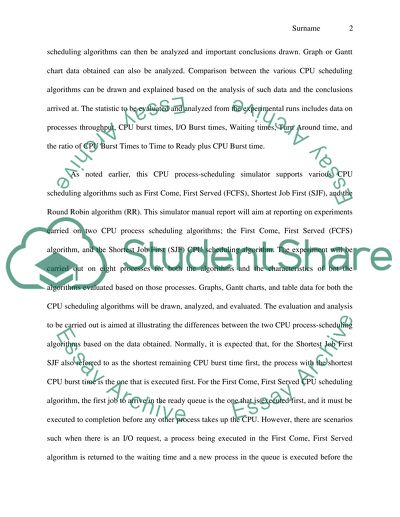Cite this document
(“Operating System Simulator Essay Example | Topics and Well Written Essays - 1500 words”, n.d.)
Retrieved from https://studentshare.org/information-technology/1443562-operating-system-simulator
Retrieved from https://studentshare.org/information-technology/1443562-operating-system-simulator
(Operating System Simulator Essay Example | Topics and Well Written Essays - 1500 Words)
https://studentshare.org/information-technology/1443562-operating-system-simulator.
https://studentshare.org/information-technology/1443562-operating-system-simulator.
“Operating System Simulator Essay Example | Topics and Well Written Essays - 1500 Words”, n.d. https://studentshare.org/information-technology/1443562-operating-system-simulator.


